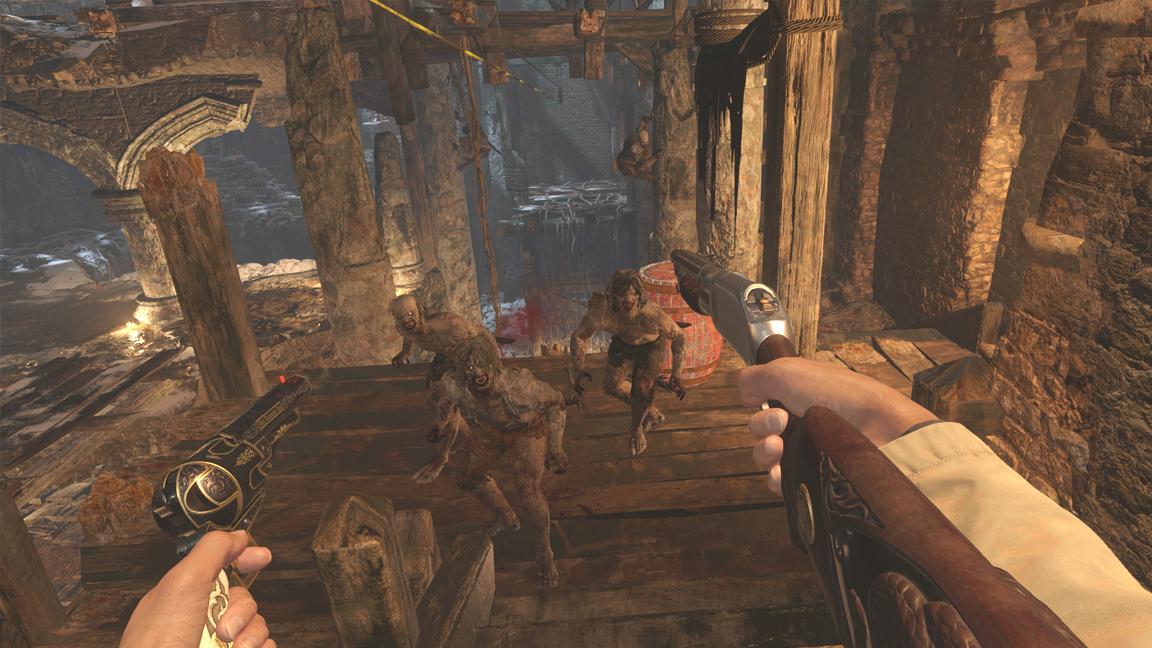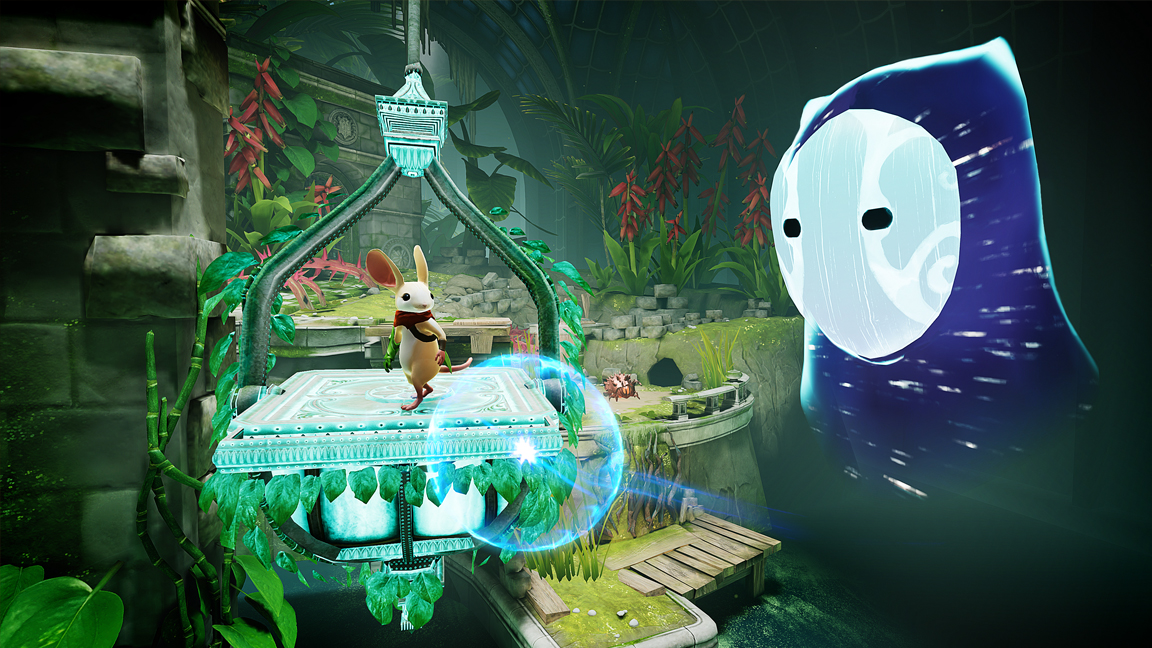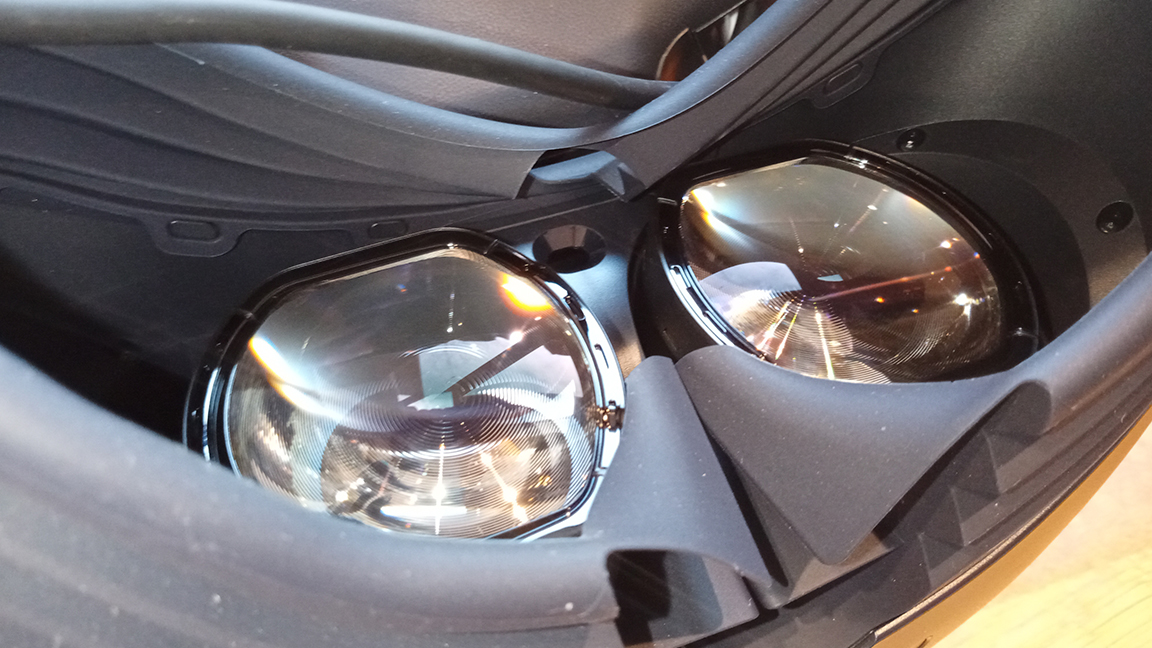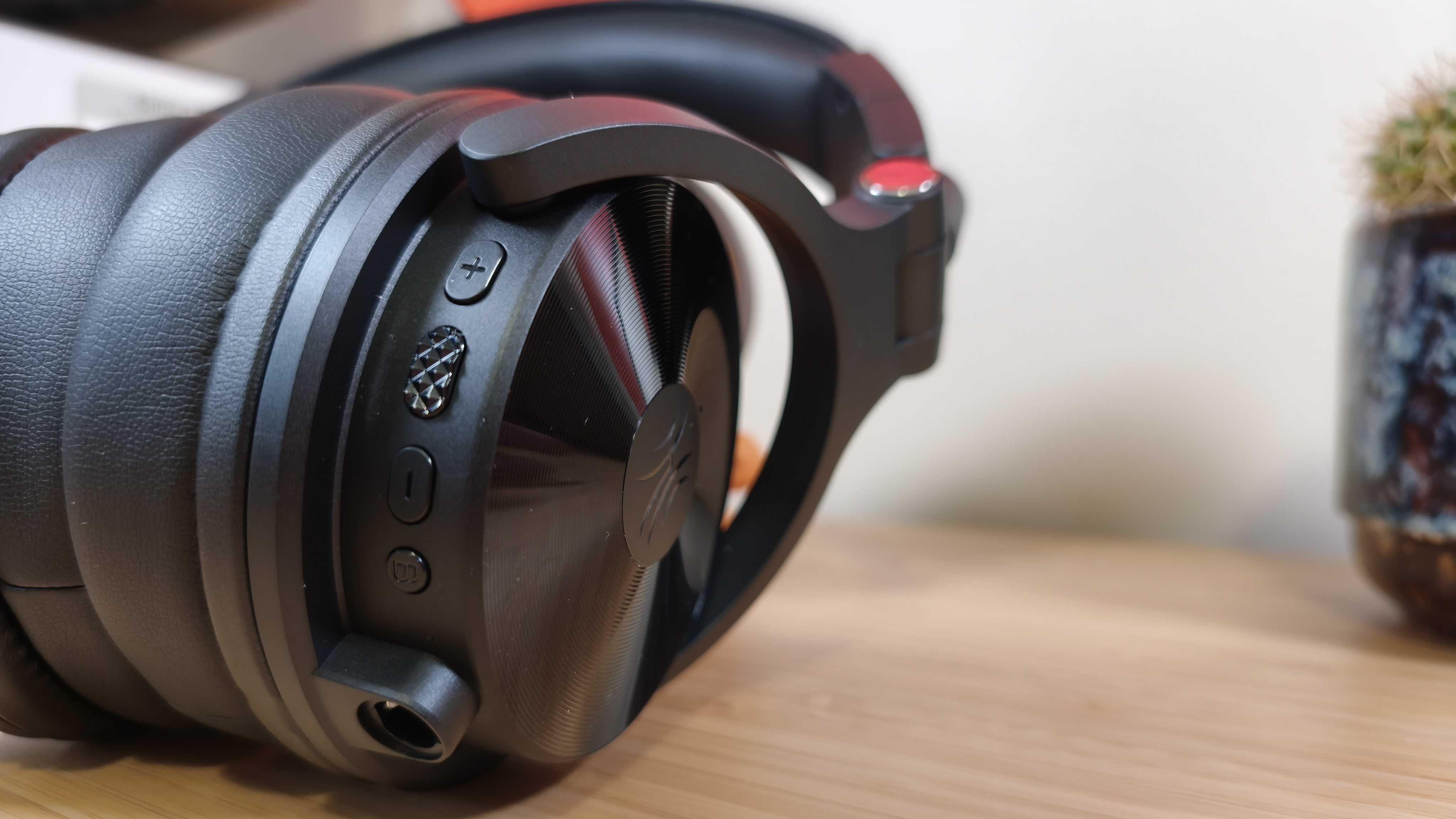I've been eagerly awaiting PSVR 2 for some time because of one promise; this next-gen VR headset for PlayStation 5 will finally see-off motion sickness. One of the reasons VR has been bubbling under everyone's radar but never fully taking off is because it can cause nausea. PSVR 2 has the advanced tech to solve this queasiness, or so I thought.
Let's recap a little. Having owned and regularly played on PSVR for PS4 I had the misfortune to play Fracked for a review, a game so poorly optimised I needed to lie in a dark room for nearly two hours to let my stomach settle. Like a kind of VR aversion therapy, even the idea of picking up PSVR again made me ill.
Then comes PSVR 2 and I'm back in virtual reality again and, for a time, there are no gurgles. Read my PSVR 2 review for more on how I found the hardware to use overall, but an hour into Horizon Call Of The Mountain and the familiar rise in temperature, a queasiness in my stomach and I just had to opt out of Sony's next-gen VR hardware.
Motion sickness in VR is common. It can also be something you can train your body to adapt to and overcome. It can be caused by low framerates and input lag, two areas PSVR 2 excels in. I also have to give PSVR 2 and Horizon developer Firesprite its dues, as I did manage a consistent hour and a bit of play before I felt the sickness rising.

But I'm a gamer and I need to experience the newest thrills and technology. This a pull even my angry belly can't deny me; PSVR 2 keeps calling me back. There are technical ways the new hardware does ease motion sickness, for example being able to physically feel the world around you through the controller haptics is incredible. Compared to the original PSVR this new next-gen hardware is impressive.
In fact, after forcing myself back into the metallic-monster hewn mountain of Horizon I gradually became more acclimated to this virtual world inside PSVR 2. Eventually, the only real challenge to long stints of play in this game is my own laziness.
After defeating a mechanical monster by gratifyingly popping a number of arrows into its glowy eye, I looked up at a carefully orchestrated cliff face the game wanted me to climb and I found myself shrugging, huffing, puffing and eventually pulling the PSVR 2 off my head. The game felt so real, so physical, I just couldn't face another climb… for now.
Daily design news, reviews, how-tos and more, as picked by the editors.
Motion sickness happens when your brain is overcome by instructions it can't make sense of and in VR there's a dislocation between what your eyes are telling your brain and what your body is experiencing. There is some discussion that VR sickness affects women more than men, with the accusation being the tech is developed by men for men.
There's actually no need to suffer motion sickness in PSVR 2, not really. As my time with the headset shows, the more you play the better the experience, and there are ways to ease yourself into these virtual worlds and save you from a disturbed stomach. Below I go into some details about how you can beat motion sickness and enjoy PSVR 2.
PSVR 2: how to reduce motion sickness

1. Play in short bursts
The idea is to find your 'VR legs' and you can easily do this by taking 15-30 minute breaks and generally playing in short bursts with these regular rests. Most good games made for virtual reality will be designed to play like this, with levels and missions compressed and stages set with multiple spots to take a time out. Gradually you'll build up a tolerance to VR and motion sickness will be a thing of the past.
2. Start with lower comfort settings
Developers go to great lengths to ensure you can tailor PSVR 2 games to how you need to play. Head to a game's 'comfort settings' and tweak everything to the easiest play settings.
Options like snap turning reduce movement for example as the screen turns in increments rather than a smooth movement. This may feel at odds with wanting to be immersed in VR but there's some science here – generally we 'blink' our eyes when we turn our heads and bodies, and this apes that movement (we've evolved to naturally deal with motion sickness, clever us).
Over settings include teleporting to jump to points in the world and vignettes will close around your eyes to reduce exposure to the world as you move. The basic advice here is to turn everything on and gradually turn off these comfort features as you become acclimatised.
Read my guide 'PSVR 2: everything you need to know' for more details on the tech behind this new VR headset for PS5.

3. Choose your first game wisely
Even the best PSVR 2 games will cause first-time players motion sickness. It's not ideal to jump straight into a hectic race in Gran Turismo 7 or a chaotic fight to the death in Resident Evil Village, no matter how amazing these experiences are in PSVR 2. The best thing to do if you're new to VR is to start with more casual games that are slower and less stressful.
If you are jumping into a game like GT7, which is one of the best PS5 games for PSVR 2, then I'd recommend beginning with slower cars and challenges and working your way up to the faster cars and busy races.
My three picks for first-time VR players on PSVR 2 would be:
- Moss & Moss Book II: you view the world from above and guide a little mouse through rooms of puzzles and it's a relaxing experience.
- Kayak VR Mirage: a slow-paced experience that lets you 'paddle' at your own pace. This one is about immersion not shocks and the sense of motion is smooth.
- Tetris Effect Connected: I can spend hours in this game; the single screen and easy puzzle-play combined with hypnotic visuals makes this just a joy.

4. Make sure the headset fits
This seems like an obvious one but you really need to ensure the PSVR 2 headset is fitted properly and this includes the calibration. PSVR 2 is an advanced piece of VR tech and one of the most crucial parts of the setup process is aligning the lenses to your eyes. Get this right and the games are crips and share, get it wrong and things can look blurry and suffer chromatic aberration, both can cause headaches.
Also ensure the headset is not too tight, particularly around your forehead and your nose. Stress here can cause headaches. Play around with the adjustments and continuously check the settings to work for your comfort.
Read my guide 'PSVR 2: everything you need to know' to catch up on exactly what this next-gen VR headset for PS5 can do.
5. Chew gum?
I've come to play PSVR 2 and chew gum, and I'm all out of gum. Too bad, as chewing gum (or sweets) while playing VR has been proven to help with motion sickness. If you're an anxious flyer you'll already know about this one, and it works in VR too.
Read more:
- PS5 review: two years on, it remains unmatched
- Dyschronia Chronos Alternate
- Now Samsung takes on PSVR 2

Ian Dean is Editor, Digital Arts & 3D at Creative Bloq, and the former editor of many leading magazines. These titles included ImagineFX, 3D World and video game titles Play and Official PlayStation Magazine. Ian launched Xbox magazine X360 and edited PlayStation World. For Creative Bloq, Ian combines his experiences to bring the latest news on digital art, VFX and video games and tech, and in his spare time he doodles in Procreate, ArtRage, and Rebelle while finding time to play Xbox and PS5.
